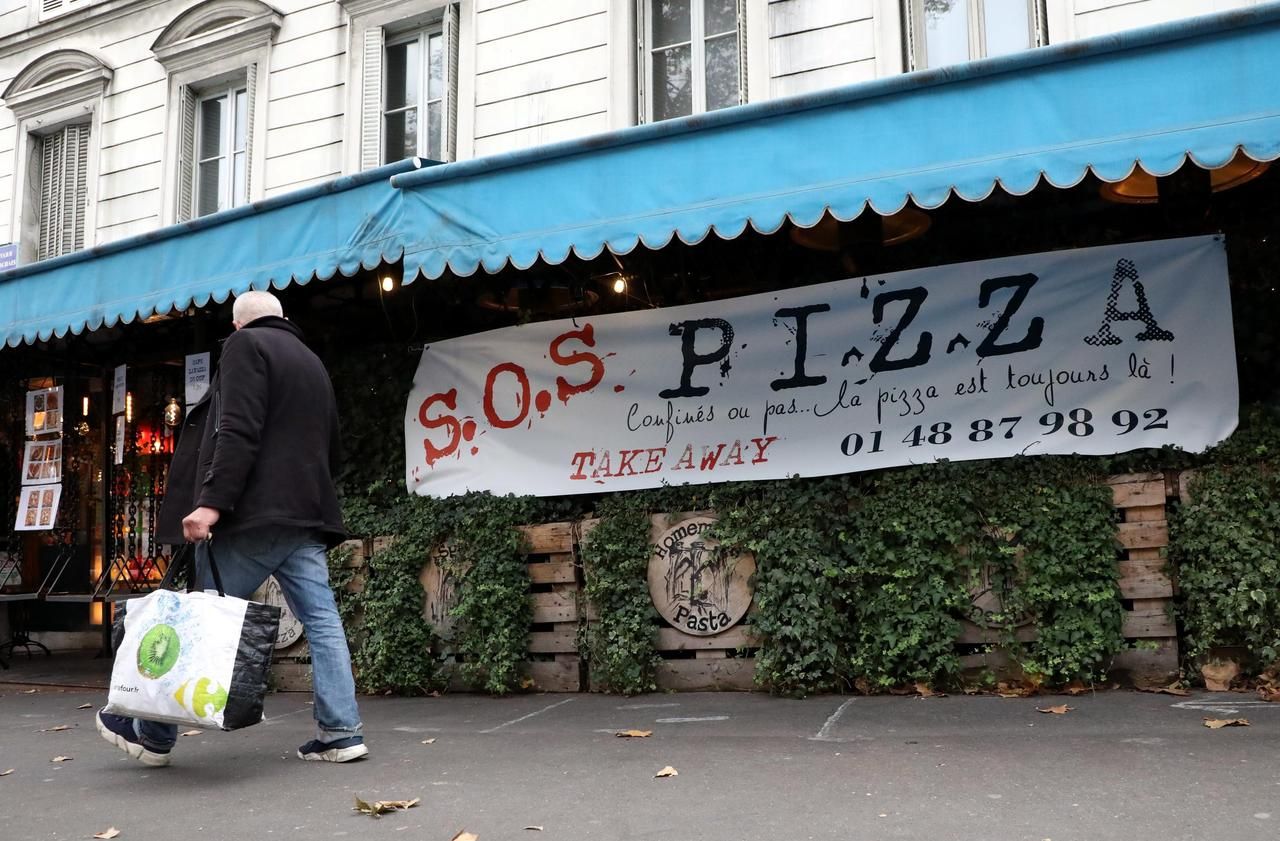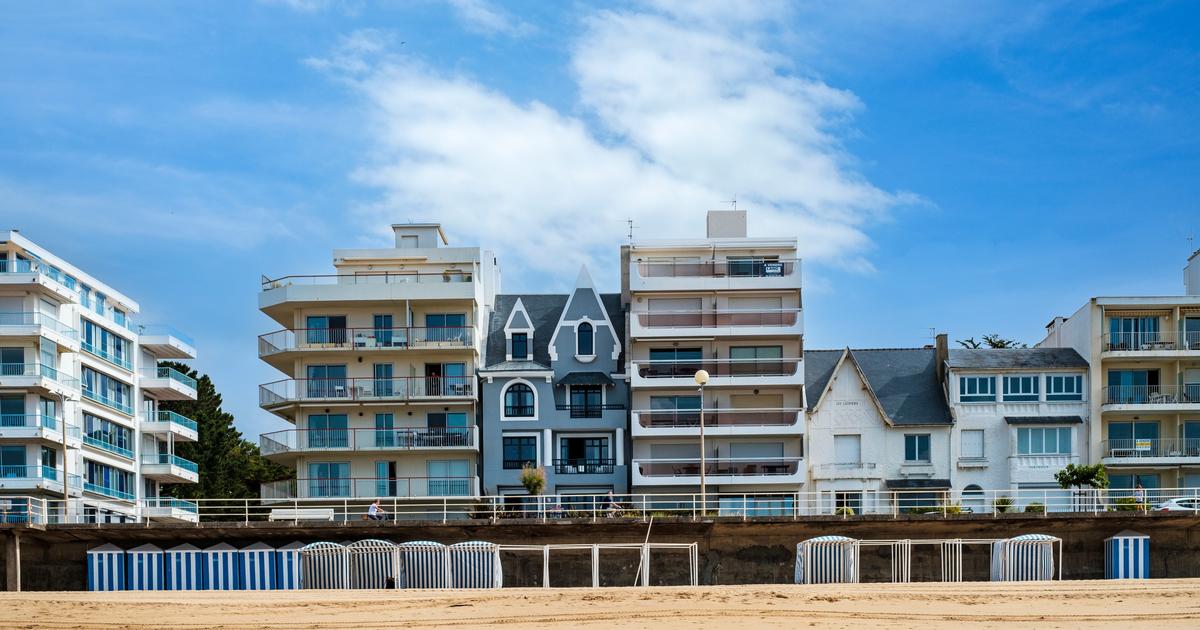"With my associates, we thought we had passed between the drops of the pandemic", jokes Brice Ceccaldi.
The owner of the Parisian restaurant 17 Fort Royer barely had time to serve his specialties of Oléron oysters that the second confinement forced him to "rethink everything".
In the center of Paris, in the heart of the Marais, he continues to offer his sustainable cuisine.
But no question of sitting down and tasting on the spot, pandemic obliges.
Delivery, click & collect or take away?
By mid-March, most restaurant owners had kept their curtains drawn.
This time, they are rolling up their sleeves, the click & collect counters (ordering on the Internet with collection on site) are flourishing in the footsteps of their establishments.
Home deliveries are increasing.
Not easy, you have to review the menu and adapt your recipes, because dishes in sauce or sophisticated desserts do not easily cope with the jolts of transport.
And managing logistics is a real job.
"Going through companies like Uber or Deliveroo raises big questions: on the one hand, they swallow up a third of your turnover, then, to be well referenced, you have to fit in boxes: sushi, pizzas ...", describes Brice Ceccaldi.
“We got into the habit of bringing the restaurant home,” observes François Blouin, president of Food Service Vision, specializing in catering advice.
Traditional establishments take the model of fast food restaurants and review their layout to make room for delivery people, especially in urban areas.
"
READ ALSO>
Confinement: restaurateurs and cafeterias want to attack the decree requiring them to close
To survive, even the big names in the kitchen have taken to carrying their signature dishes to their customers' doors.
Alain Ducasse and Guy Savoy have tried it for their Parisian restaurants and the star Akrame Benallal, it is said, delivered his production in person by bike.
"This tendency to order meals at home has existed for years but the crisis has reinforced it and it could last," said food sociologist Jean-Louis Lambert.
“It works very hard.
We have a third or a quarter of the staff for 50 to 60 menus a day.
It gives you ideas and, at the same time, I do not see myself, when we have reopened, disrupting the service with order withdrawals or delivery people who parade to the restaurant ", tempers Julien Boscus, chef of Origines, gourmet restaurant of the very chic 8th arrondissement of Paris.
In the dining room, customers under cover?
During the deconfinement, the room service had to adapt: QR codes to be scanned on smartphones replaced menus, contactless payment and reminder notebooks became widespread, the hydroalcoholic gel flowed freely.
They should logically make a comeback, and probably for a long time, when restaurants can reopen.
As for respecting the distances between the tables, “we cannot ask restaurants to constantly remove more covers, that is not viable!
»Plague Xavier Denamur, patron, among others, of the Philosophers in Paris.
To isolate its customers, the HAND restaurant, located halfway between Le Louvre and the Opéra Garnier, has adopted the Plex'Eat plastic bell.
At Ducasse, we installed a complex (and very expensive) wind tunnel system to catch germs, inspired by hospitals.
The creperie Le Rayon vert, in Plomeur (Finistère), has partitioned its room using Plexiglas panels between which servers and customers circulate as in a labyrinth.
“Not sure that these insulation systems are durable,” comments Jean-Louis Lambert.
The appeal of the restaurant is what you get on your plate, but also the atmosphere!
These bells, symbol of confinement, seem all the same the opposite of the desire to go out.
"
The management of space will be accompanied by that of schedules.
The French have learned that it is not compulsory to eat at noon or at 8 p.m.
“They can have lunch later, dinner earlier,” explains François Blouin.
In Lyon, restaurateurs have revived, at the time of curfew, the mâchon (
Editor's note: morning meal based on pork or tripe
).
"
Newsletter - Most of the news
Every morning, the news seen by Le Parisien
I'm registering
Your email address is collected by Le Parisien to enable you to receive our news and commercial offers.
Learn more
Whatever the offer, professionals are convinced that the demand will be there.
"For me, the restaurant will always be the place of conviviality and sharing," Julien Boscus says.
In my neighborhood, people will come back for lunch.
If everyone remains cloistered behind their desks while waiting for a delivery, we will all become antisocial… ”







